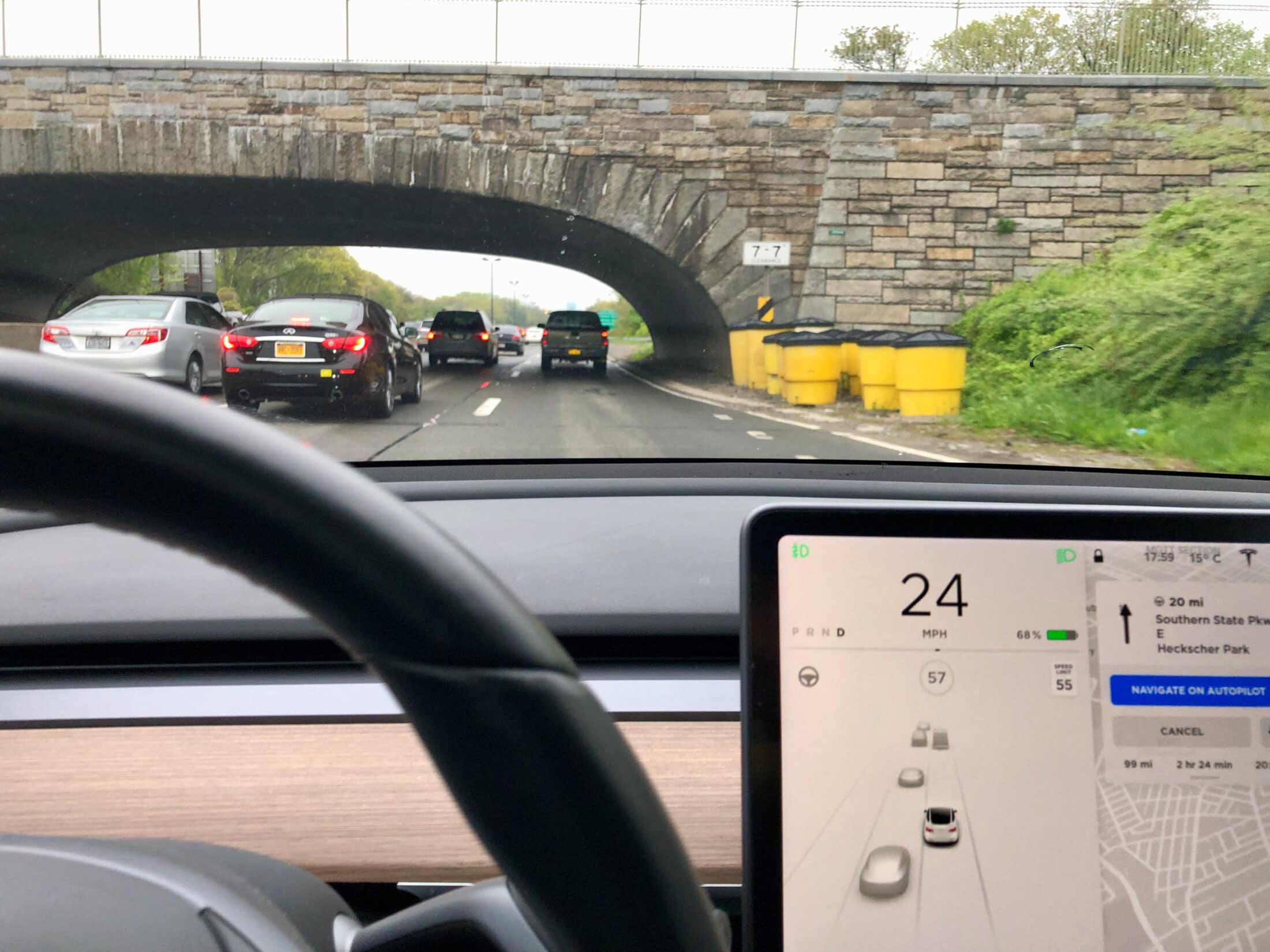Amazon’s recruiting algorithm favoured male applicants over female ones. Facebook’s news feed algorithm persuades users to read news that it thinks interests them. The Suomi.fi service creates a digital channel for users to interact with public organizations, and Netflix gives people easy access to an almost unlimited archive of films to watch after a hard day of work. These examples show how digital services can shape decisions on who gets employment, what information people are exposed to, how they take part in civic duties, and how they spend their leisure time.
I have recently been discussing the large-scale impact of our work, designing and developing digital services, with my colleagues at Gofore. Here, I’ll share two viewpoints.
- Treating digital artifacts as participants in our society can teach us to see how they shape its workings and impact how people in society behave.
- We need to systematically understand the complexities of the impact that digital services have on society. This way we can use design for minimizing the negative impacts and setting society-level goals to maximize the positive ones.
Treating digital services as participants in our society
Digital services shape our societies partly based on the values that drive their design. The main purpose of digitalization is often to make things more efficient, easy, pleasant, and safe. These can be great values to drive design. We all know how convenient it is to order an Uber or get food via Wolt. However, when we take a deeper look—for example, at the value of convenience—we can see that it might have unintended and unsustainable consequences in the long run and on a large scale. Uber, for example, can be convenient for its primary user (the passenger), but at the same time creates a loss of security, stability, and safety nets for other stakeholders, such as freelance Uber drivers or licensed NYC taxi drivers. In the case of Netflix, one can argue that it is not good on a societal level that the autoplay function conveniently starts the next episode automatically; farewell good night’s sleep, hello next episode of The Crown, and morning fatigue.
The idea of technology actively shaping society has been discussed for example in academia. Treating technology as an actor working as a network with humans was presented by sociologist Bruno Latour [1]. The impact of values on the design of technology is deeply discussed in a myriad of books and articles [2]. However, I think we still lack in taking that into practice in the context of creating today’s digital services.
One often-used pre-digital-era example about the effect of values in design is a construction project in NYC: the city planner at the time, Robert Moses, constructed highway overpasses so low that they prevented (and still prevent) tall vehicles such as public transportation buses from using the highway without hitting the bridge. This design stopped people who rode the bus from accessing certain beaches.
In practice, this meant people with lower socio-economic status: poor people and minorities. The design decision has been said to be deliberate due to Moses’ racist values [3]. Others have argued that the design decision was related to money, norms and building practices of the time (before and around the mid-20th century) [4]. Whether the reasons were racist values or a narrow-sighted design process, it’s clear that the impact of the design on society was very significant.

I had the opportunity to drive under the famously low overpasses while living in NYC.
How can we design to help societies thrive?
As stated, technologies such as digital services or a concrete bridge can have a significant impact. However, I see that technology does not solely have the power to shape people’s actions. Instead, people are in an active role in shaping technologies into directions where they support people’s and societies’ actual needs and goals. Next, I’ll raise two points that I see as steps forward in designing digital services to help societies thrive:
1. Educating people about the impact of digital services, and
2. Designing digital services with a societal state of mind.
Related to the first point, education is a fundamental tool to share knowledge and give perspective about the world around us. Doing so increases people’s capabilities to change the world into something better. We increasingly support our clients by educating them that technology is not an island, but as mentioned, can contain design decisions that significantly impact society. Participants have perceived this kind of education as motivational, as it shows them the broader meaning of their own projects and product-level work. It also enables people and organizations to position themselves in the bigger picture of how societies are shaped through technology and how they are part of that continuous process.
Let us look at the second point next: design with a societal state of mind. Projects in which new software and digital services are designed are often purposely focused. Questions like “What is the MVP of this service?” or “Who are the primary users and what are their needs?” can be important. However, such questions give us a narrow view and might take us to paths that have negative implications on the societal level. For example, “Move fast and break things,” the mantra of Silicon Valley, affects us all, but does not consider the societal consequences. Also, traditional user-centered design mainly focuses on fulfilling the pragmatic and hedonic goals of primary user groups and aligning those with the service provider’s business goals to make a profit.
One way that we have facilitated our design and helped our clients get into the societal state of mind is using broad, well-known frameworks such as the UN’s sustainable development goals (SDGs). We systematically review how specific projects could contribute to some of the SDGs such as quality of education or reduced inequalities. This can help connect even a small project to a broader context and set goals based on that.
We are here to help societies thrive
In this text, I raised points that I believe are important steps forward in designing digital services that can help societies thrive. The points arose from our recent initiatives at Gofore: our Code of Ethics booklet, which guides us on “How to Be a Human at Gofore” [5]; and the business model we call the Good Growth. The model gives our clients tools to view designing digital business and artifacts more holistically and sustainably. It utilizes design for everyone practices that take societal and inclusive dimensions into account (more about Good Growth e.g. in our earlier post and Resetting the Role of Design by Anton Schubert [6] [7] ).
Overall, at Gofore we are motivated and in a pole position to work toward design practices that are increasingly holistic, inclusive, ethical, and take sustainability into account.
References
- Latour, B., 2007. Reassembling the social – An introduction to Actor-Network Theory. Oxford University Press.
- Friedman, B., Hendry, D., 2019. Value Sensitive Design. The MIT Press.
- Caro, R., 1975. Power Broker. Random House USA
- Bloomberg City Lab, 2017. Robert Moses and His Racist Parkway, Explained. Available at: https://www.bloomberg.com/news/articles/2017-07-09/robert-moses-and-his-racist-parkway-explained [Accessed 31.5.2021]
- Gofore, 2020. Code of Ethics. Available at: https://gofore.com/code-of-ethics/
- Schubert, A. 2020. Gofore. Good Growth – 3 Reasons Why. Available at: https://gofore.com/good-growth-3-reasons-why/
- Schubert, A. 2021. Gofore. Reseting the Role of Design. Available at: https://gofore.com/resetting-the-role-of-design/



